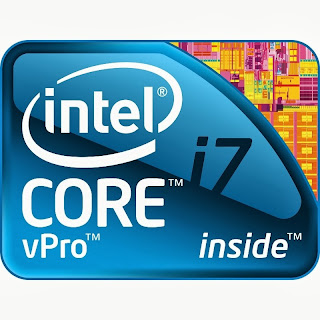When someone says PCI Express, anyone who knows anything about computers will think about those slots on motherboards, used for graphics cards and other add-in-boards. PCIe technology has been used differently in recent years, however, and now we see it work over optical cables, of all things.
In the end, the PCI Express interface standard is one that defines how data is moved through certain media. Adding one more medium shouldn't come as such a big shock. Still, for those used to motherboards and the like, it may very well be. Anyway, PLX Technology, an expert in PCI Express (PCIe) silicon and software connectivity, teamed up with FCI, a manufacturer of connectors and interconnect systems, for PCIe over optical cabling. A demo was held at the 39th European Conference on Optical Communications (ECOC) event, held from 23-25 September in London, U.K. There, FCI's new mini-SAS high-density (MSHD) active optical cable (AOC) delivered 32Gbps (PCIe Gen3, x4) optical connectivity in a small form factor.
"To be effective and meet the needs of a wide range of PCI Express users, these solutions must possess what we call the 'triple threat' connectivity option - copper, optical and AOC," said Reginald Conley, vice president, applications engineering, PLX. "In doing so, the widest range of performance and cost metrics can be met, and Mini-SAS HD has the potential to be one such solution." During the demonstration, a PLX PCIe switch card connected to a PLX five-bay PCIe expansion card through a standard MSHD connector and FCI's new MSHD AOC (SAS-based I/O system with SAS 2.1 6 Gbos and SAS 3 12 Gbps support, per channel).
In such setups, PCIe adapters, SSDs, NIC cards and any other connected devices interact with the main motherboard/server as if they were actually installed in an internal PCI Express slot. With this, engineers can develop system solutions for PCI Express even using unusual cabling, while engineers have a chance to see what performance gains can be achieved in networking, communications and high-performance computing (supercomputers as it were).
 |
| FCI MSHD Image credits to FCI |



 9/23/2013 08:07:00 PM
9/23/2013 08:07:00 PM
 dannzfay
dannzfay























